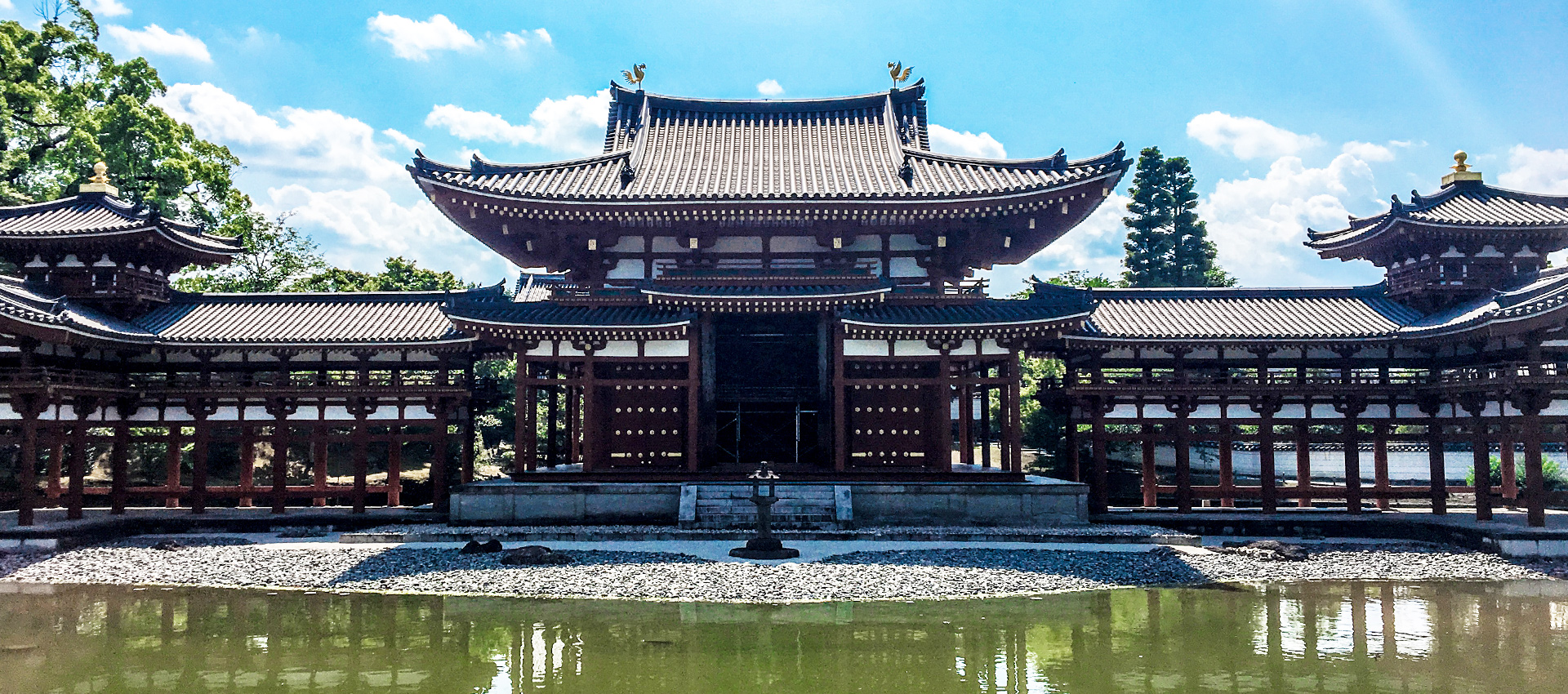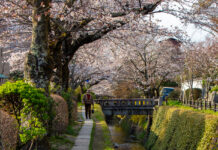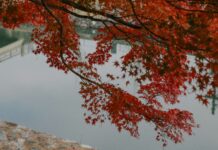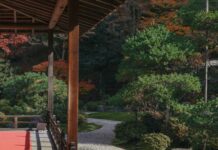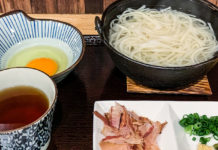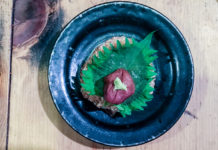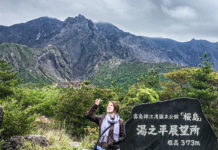Of all the beautiful and historic temples in Kyoto, there is only one that features twice on Japanese currency. Byodoin temple, located in the city of Uji, is a beautiful UNESCO World Heritage Site with a history dating all the way back to its founding in 1052. With ancient buildings, underground treasure and garden designs from a bygone time, it’s not hard to see why it is so beloved.
The Land of Pure Land Buddhism
The land beneath Byodoin was originally the villa of Yorimichi Fujiwara, a powerful member of the Fujiwara clan. After serving half a century as regent to the Emperor, Yorimichi converted his villa into a Buddhist Temple and retired there as a monk.

Byodoin is of the school of ‘Pure Land Buddhism’—popular at the time and still one of the most widely practised branches of Buddhism in East Asia. The main belief of this religion is that our world will always be corrupt so we must pray to be reborn in the ‘Pure Land’. Quite an interesting path for an ex-politician, don’t you think?
Yorimichi commissioned the construction of the ‘Phoenix Hall’ which housed a 2.4m tall statue of Amida Buddha and various other Boddhisattvas made by the best sculptor of the time, Jocho.
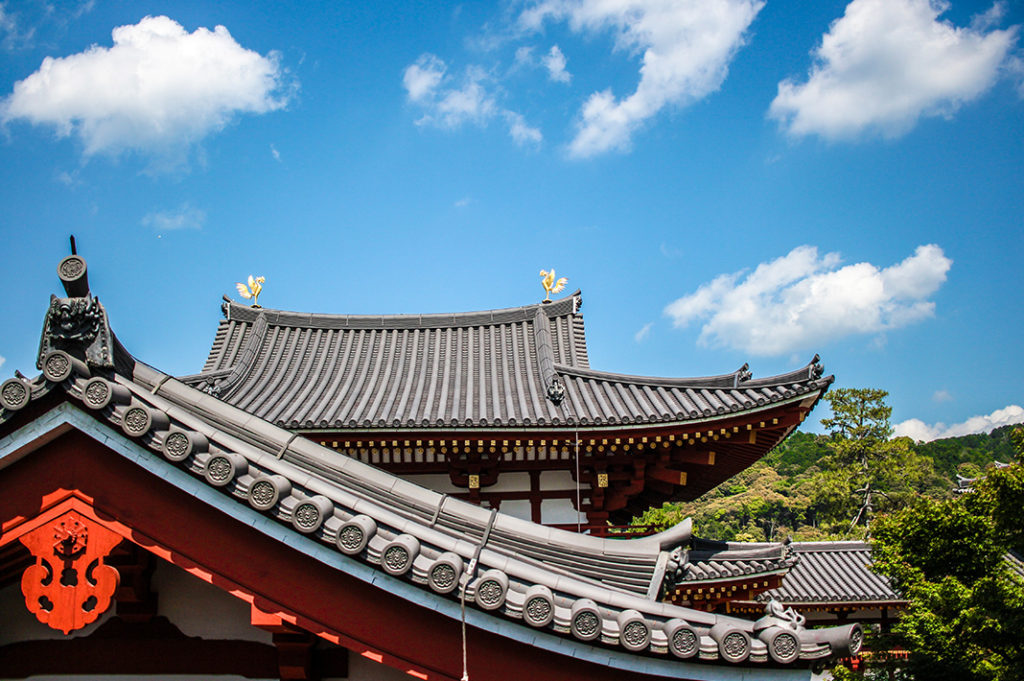
Surviving the Heian Period
Many of the structures in the once sprawling estate have been lost to time, as is often the case in Japan. But amazingly, the Phoenix Hall still stands and is one of only a few surviving buildings of the Heian Period (794 to 1185). Unfortunately, during my visit, the Phoenix Hall was under construction so I was unable to explore inside. However, I was perfectly content to admire the building’s exterior.
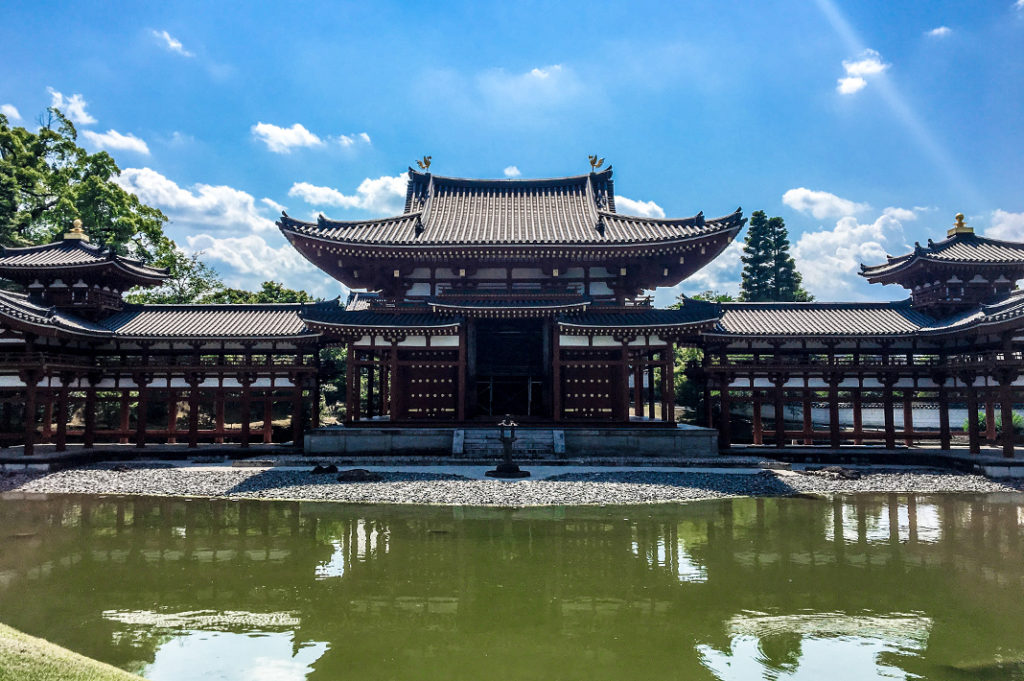
Standing before the hall, you can appreciate how it came to be nicknamed ‘Phoenix Hall’. The shape is said to mimic a phoenix in flight and the roof is adorned with two golden phoenix statues. If you look down, you’ll also see that its image is reflected onto the surrounding pond.
Byodoin on the money
Interestingly, imagery from Byodoin Temple features twice in the current Japanese currency. The main hall is depicted on the 10 yen coin, while the golden phoenix appears on the 10,000 yen note.

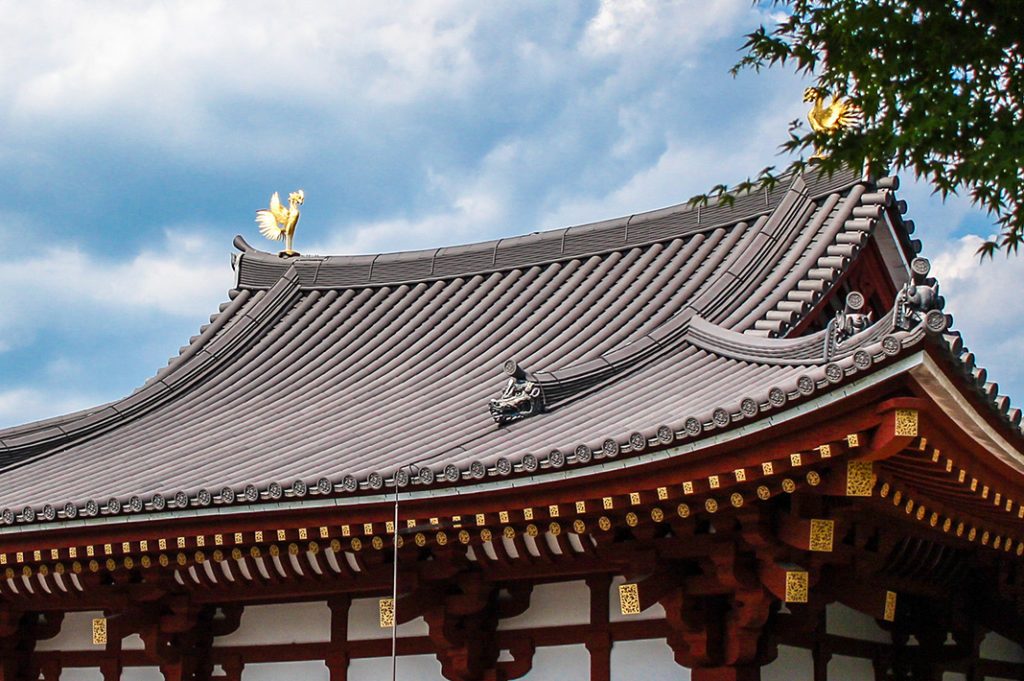
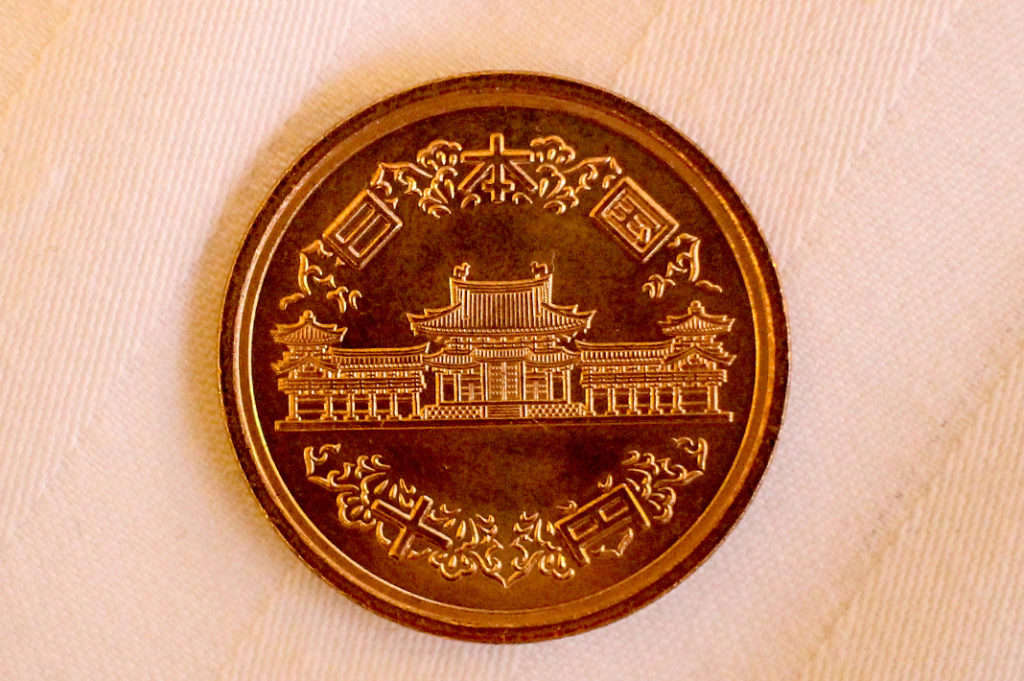
Byodoin on the 10 yen coin 
The phoenix on the 10,000 yen note
Byodoin Museum
Opened in 2001, this impressive museum was constructed underground so as not to disturb the scenery. Enter into what feels like a cave’s entrance, and you will be able to explore some of the most important treasures of the site and learn about the history of Byodoin. You can expect to see National Treasures, Important Cultural Properties and excavated items such as the original temple bell, door paintings and phoenix statues. Here, I could get a sense of what the inside of the Phoenix Hall looked like and made a note to return again someday.
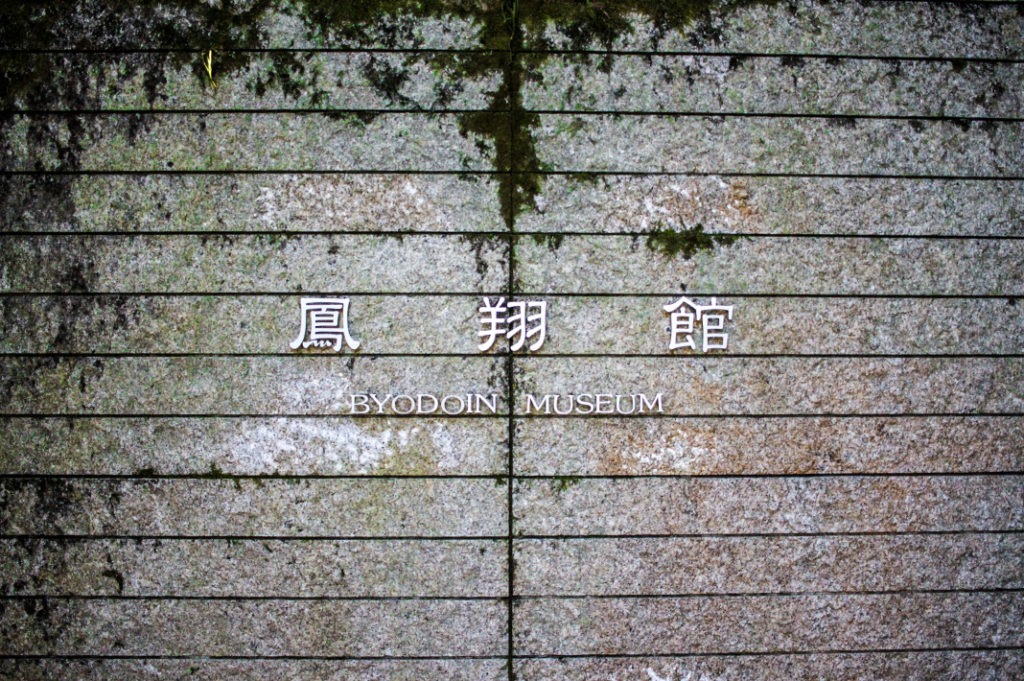
Also of Note
Being in Uji, the land of tea, it is not surprising to see a modern tea house within the grounds. At Toka, you can enjoy a cup of locally grown green tea, served hot or cold depending on the weather or your preference. As you sip, take the time to reflect on just how long 1,000 years really is. If you can figure out how to comprehend it, please let me know.
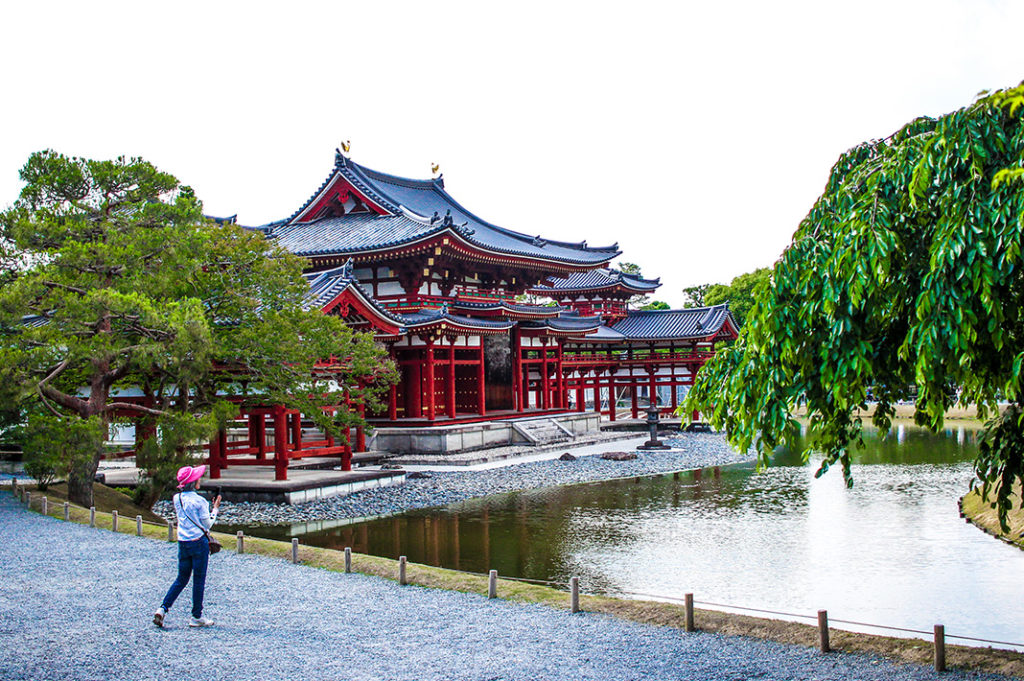
Before leaving, have a stroll around the grounds and enjoy the serenity. Even though some feel that the world will always be corrupt, it’s still nice to appreciate the beauty within it.
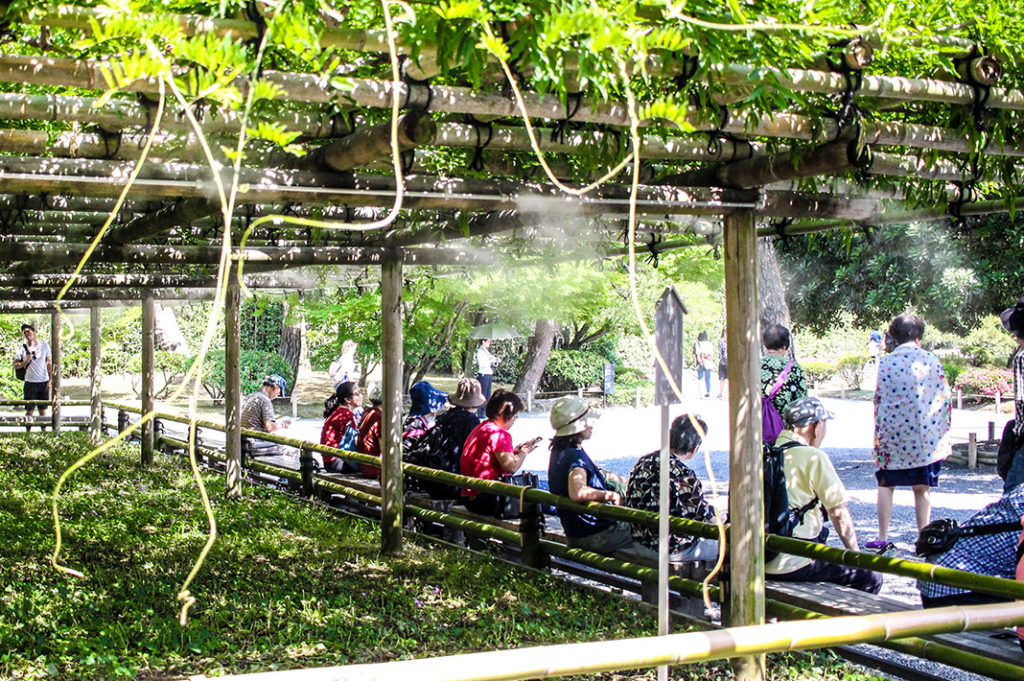
Getting there
From Kyoto Station, take the JR Nara Line (17min on the Rapid) to Uji Station, then walk 10 minutes. Leave some time to explore the nearby Omotesando shopping street for some matcha flavoured goodies.
Byodoin Temple
Address: Renge-116 Uji, Kyoto
Open: 8:30a.m. – 5:15p.m. (7 days). Museum: 9-5.
URL: https://www.byodoin.or.jp/en/
Post by Japan Journeys.



